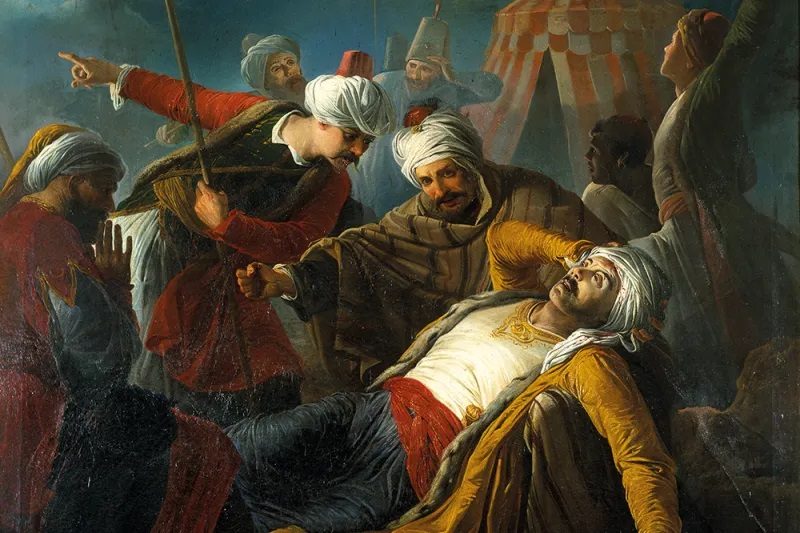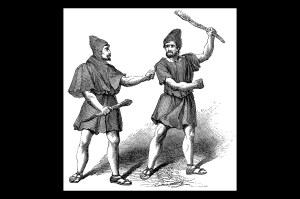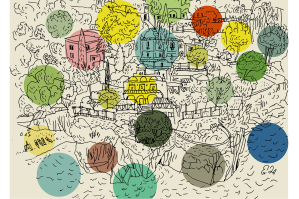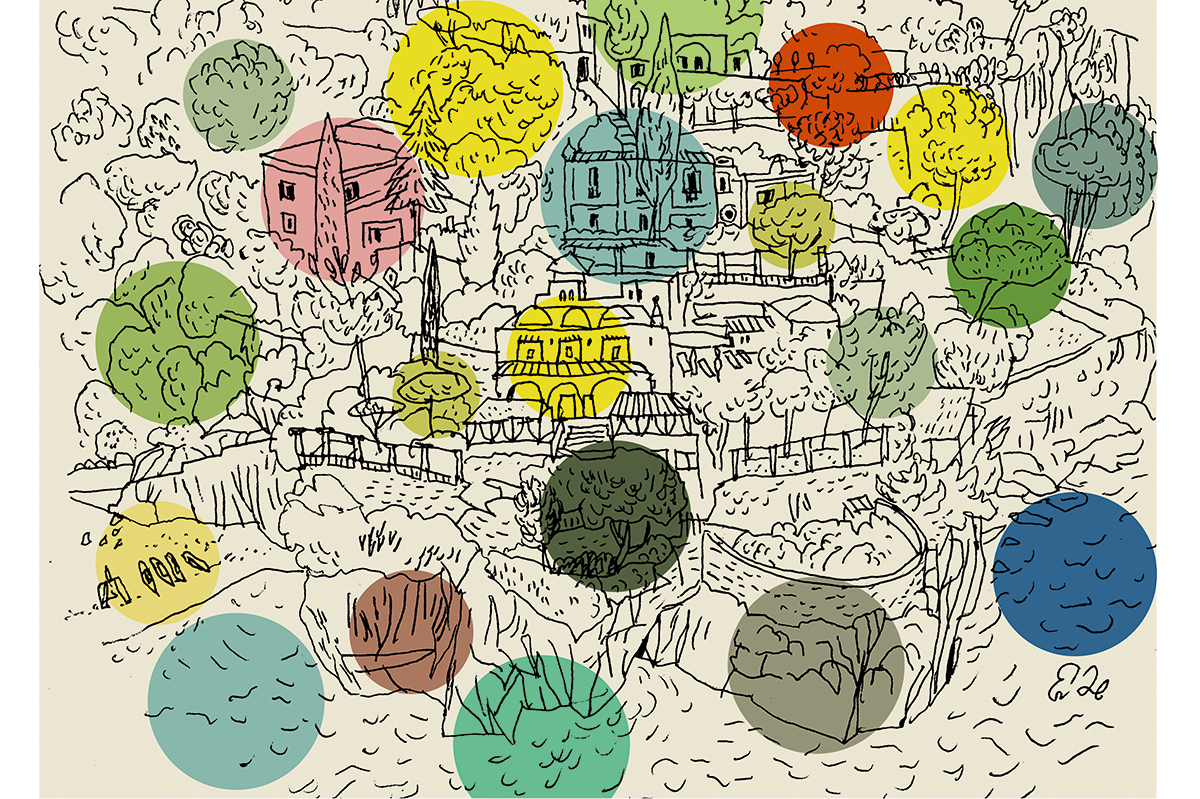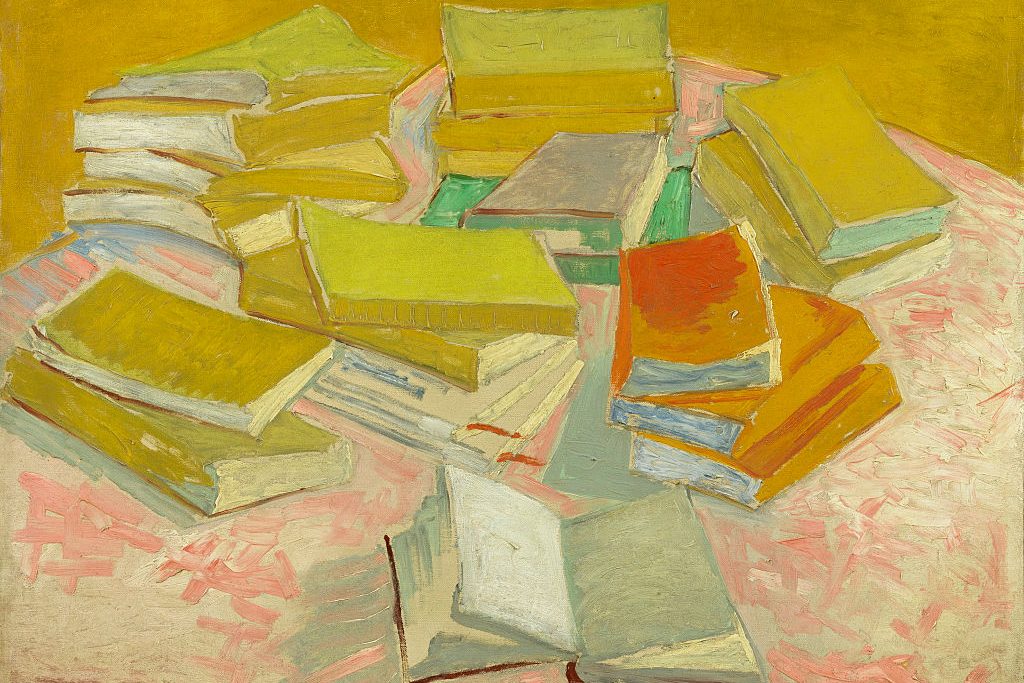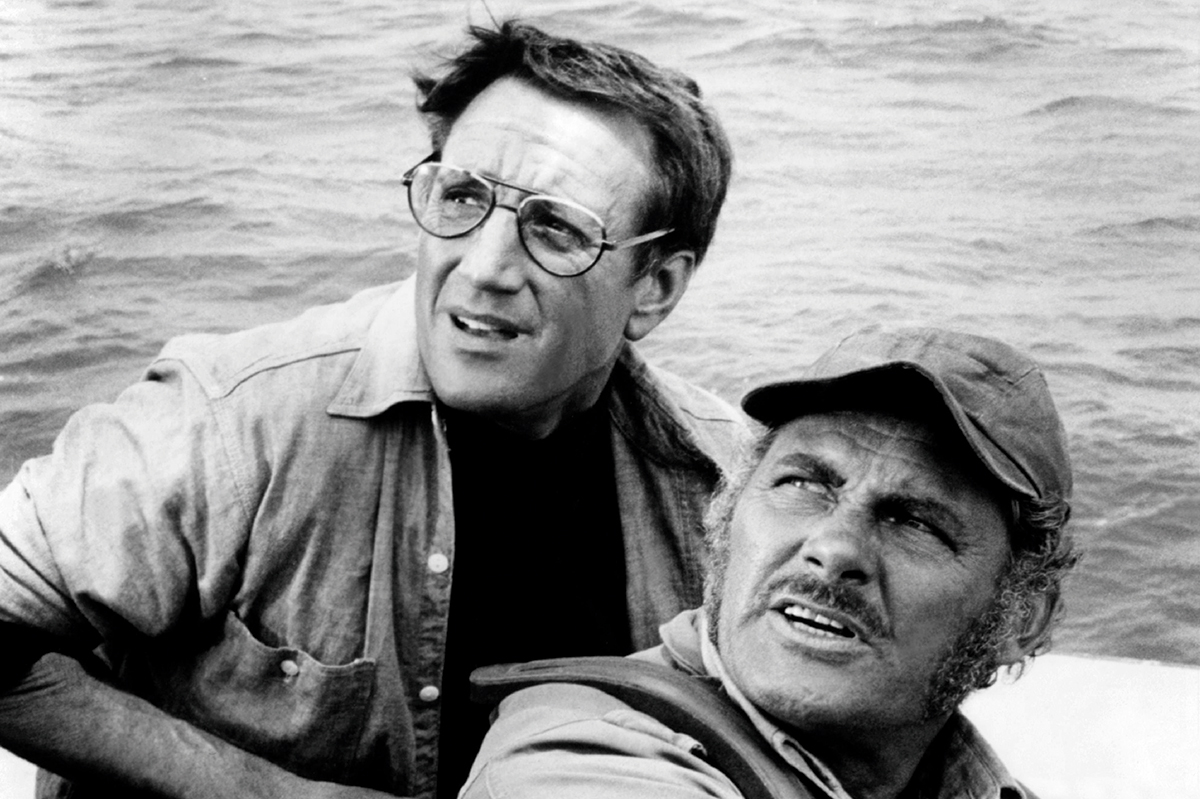Strategically located in the narrows of the Mediterranean between Sicily and Tripoli, with a fine natural harbor, Malta has attracted the attention of successive conquerors for two millennia: Phoenician, Carthaginian, Roman, Byzantine, Arab, Norman, Aragonese, French and finally British.
In 1565, the island was occupied by a power that was already beginning to look anachronistic: the Knights of the Hospital of Saint John of Jerusalem. The Hospitallers were an aristocratic order of monk-knights, founded at the end of the eleventh century to shelter Christian pilgrims and defend the Holy Land during the brief period when it was part of the crusader kingdoms of the Levant. Since then, they had progressively retreated in the face of the advancing Muslim powers of the Middle East — first to Acre; then, when Acre fell, to Rhodes; and finally, when that too succumbed, to Malta.
For all its importance at the time, the defense of Malta made no difference to the course of history
When the knights took possession of the island in 1530 it was indefensible. They fortified the Grand Harbor on both sides, built the fortress of St. Angelo on the promontory overlooking it and transformed the old Aragonese fort of St. Elmo on the headland opposite into a powerful modern stronghold. A garrison was maintained of some 530 knights and sergeants in these places — an international force comprising Italians, Spaniards, Frenchmen and a solitary Englishman. A small fleet of four or five large manned war galleys based in the harbor preyed on Muslim shipping.
The mid-sixteenth century was the zenith of the Ottoman empire, by far the most powerful of the Muslim states of the Middle and Near East. During the long reign of Suleiman the Magnificent, Ottoman armies advanced across eastern Europe, overrunning Hungary in 1526 and laying siege to Vienna three years later. The empire had expanded across north Africa, controlling the southern shore of the Mediterranean from Egypt to the eastern edge of Morocco and contesting the western basin of the Mediterranean with Habsburg Spain and Italy. The rivals were nicely matched. The southern Italian port of Otranto was an Ottoman stronghold for several years before its occupiers were driven out. Tunis changed hands several times.
In the autumn of 1564, Suleiman resolved to dislodge the Hospitallers from Malta. His motive was not so much strategic as religious. The knights were the flag-bearers of the Christian holy war, with a symbolic status far exceeding their actual strength. Their fleet disrupted the trade routes of the Levant and north Africa, and in particular the pilgrim traffic between the Maghreb and Mecca. The execution of Suleiman’s plan fell to the greatest of his grand viziers, Mohammed Sokoli, who spent more than a year building up a fleet and its provisions.
For the Christian West, the Turkish attack looked like a major geopolitical challenge. The counselors of Philip II of Spain feared that the conquest of Malta would be a stepping stone to the invasion of Italy and Spain and to Ottoman domination of the western basin of the Mediterranean. They poured troops, munitions and supplies into the island. By the time the Ottoman fleet arrived off Malta in May 1565, the knights had been reinforced by some 2,000 professional troops, mostly Spanish and Italian, in addition to 4,000 or 5,000 indigenous Maltese.
The Ottoman forces began by attacking the fortress of St. Elmo. The defense was directed from the fortress of St. Angelo by the seventy-year-old French Grand Master of the Order, Jean de la Valette. He put a large garrison into St. Elmo and kept them supplied with a nightly ferry shuttle across the harbor. Dividing his forces in this way was a considerable risk, for which he was much criticised at the time. The critics seemed justified when the fortress, after a heroic fight, succumbed to bombardment by the Ottoman artillery and repeated assault. When it fell, the defenders were slaughtered; but they sold their lives dearly. The Turks lost their admiral, Turgut Reis, and at least 6,000 men, including half the elite corps of janissaries.
The fall of St. Elmo enabled the Turks to concentrate their naval and land forces on the more vulnerable ramparts of the Grand Harbor. The defenders, much reduced by casualties and disease, fought off successive assaults by land and sea, but it was mainly an artillery battle. The guns of St. Angelo destroyed much of the Turkish fleet, while the Turkish cannon demolished large sections of the walls. At the height of the siege, some sixty-five Turkish guns were deployed around the harbor. According to the principal contemporary account of the siege, they spent 130,000 cannonballs. The defenders were almost at the end of their resources when, in the fourth month of the siege, a Spanish and Italian relief force landed on the island. The Turks had had enough, and had already begun to withdraw to their ships.
The siege of Malta presents a challenge to historians. There are two main sources: the important eyewitness account of the Italian knight Francesco Balbi; and the official history of the Hospitallers, written a generation later by another Italian knight, Giacomo Bosio. Both are confused, inconsistent and prone to exaggeration. There are no Turkish narratives and only a handful of Turkish administrative documents, which means that any description of the events is bound to look one-sided. Many of the most interesting questions posed by the siege remain unanswerable.
Modern historians, of whom there are many, are as wayward as the sources on which they depend. Marcus Bull has struggled, not always successfully, to fashion a coherent narrative from this body of material. The story tends to go to pieces after the fall of St. Elmo. These are problems inherent in the task that he has undertaken; but for those who want a readable account of the siege, based on up-to-date scholarship, The Great Siege of Malta is the book to have.
Did the siege matter? It had huge symbolic importance at a critical point in the long war between Islam and Christianity in the Mediterranean. It dulled Suleiman’s prestige at the end of his reign (he died in 1566); and it made the reputation of Jean de la Vallette, who gave his name to the city of Valletta that began to rise from the ground after the siege. It was notable as the last flicker of the crusading spirit in Christian Europe, unless one counts the doomed enterprise of the eccentric Ferdinand de Medici, Grand Duke of Tuscany, at the beginning of the following century.
However, for all its fame in the eyes of contemporaries, the defense of Malta made no difference to the course of history. The Ottomans were already over-extended before the attack. If they had won, they would no doubt have wiped out the knights, but the island has few natural resources and would have been hard to supply and defend so far from Istanbul. In the eastern basin of the Mediterranean, the empire’s years of expansion were not over. Cyprus was captured from the Venetians in 1570; and even the crushing defeat of the Ottoman navy by the Spanish and Italian fleets at Lepanto the following year was quickly made good. The empire would remain a formidable power, bridging Europe and Asia until well into the eighteenth century. The Ottomans certainly survived better than the knights, who subsided into genteel irrelevance until they were finally ousted by the French in 1798.



